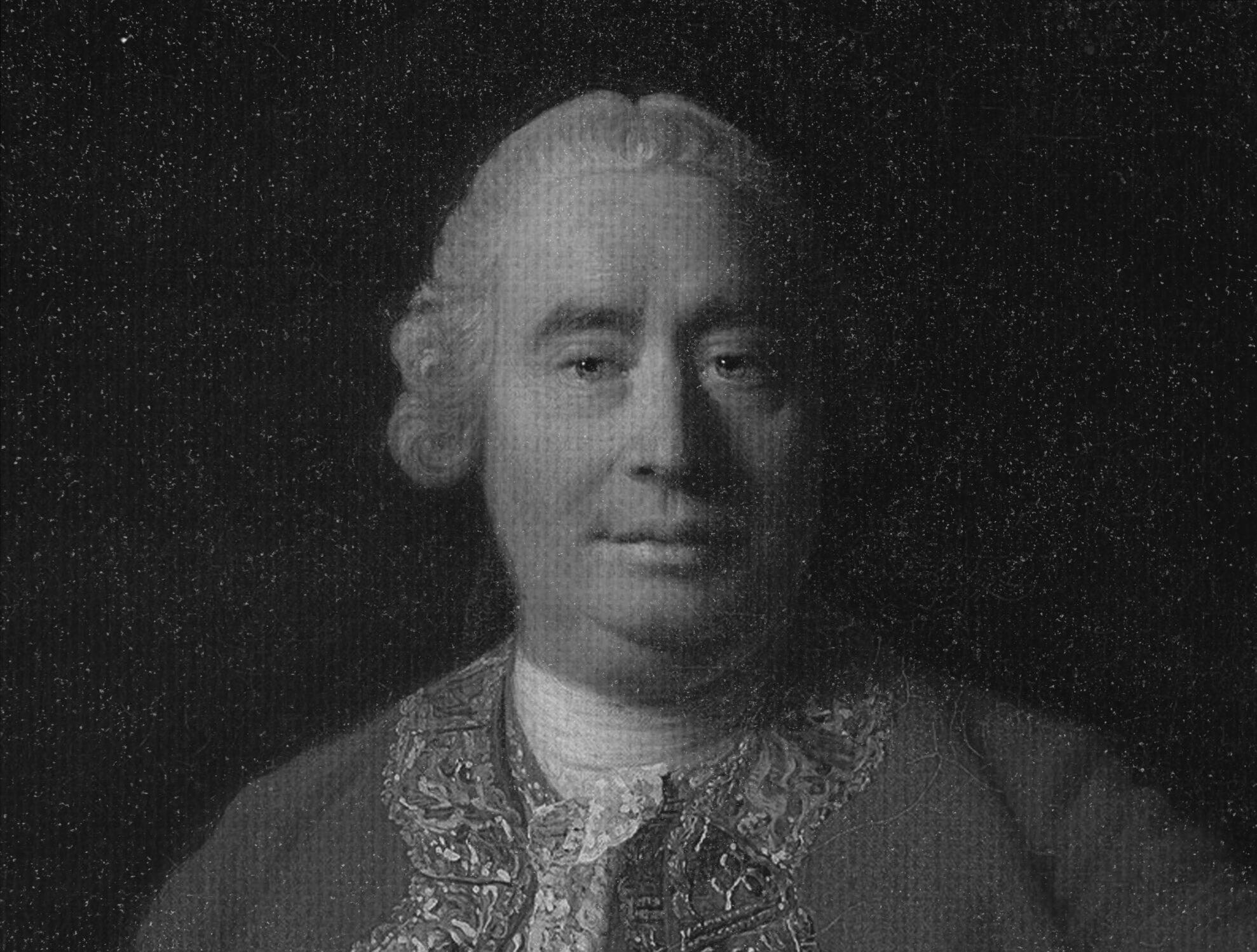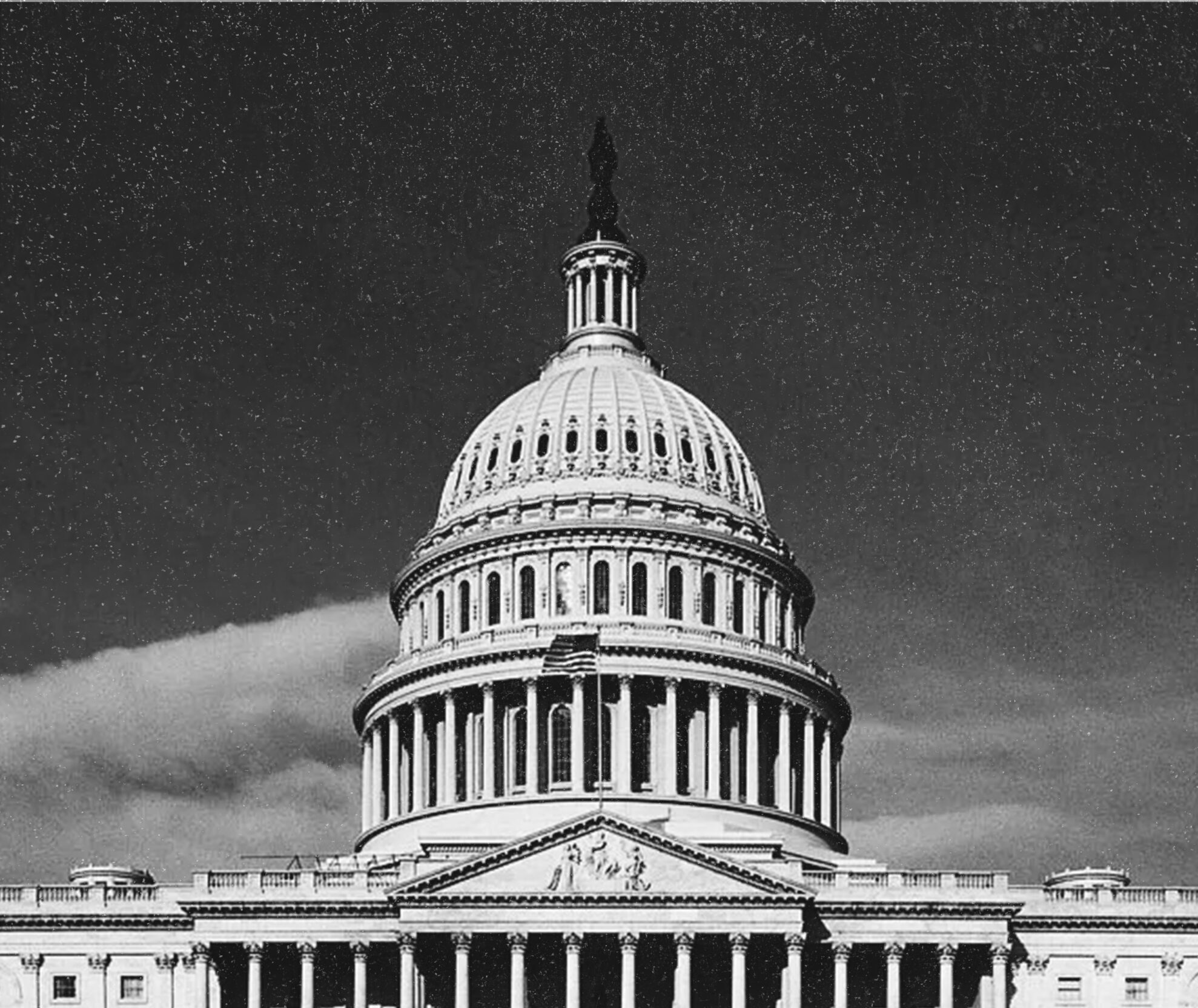
When economists model the supply of a good or service, they usually describe how its availability on the market responds to its price. This requires making several assumptions about market structure, spillover effects between firms, and property rights enforcement, to name only a few. While the underlying principles of human action are the same, how those principles manifest in the market depends on underlying institutional factors.
How should we model the supply of money? This can be tricky. It’s not immediately obvious what the price of money means, especially in a fiat-money system. Understanding how different monetary institutions, such as central banks, affect the process adds another layer of complexity. The nature of money, as the economy’s most saleable, or liquid, good, makes this harder than for “ordinary” goods and services.
There is no universal model of the money supply. Below, I’ll discuss three cases that correspond to historically important monetary institutions: central banking with fiat money, a pure commodity standard, and a commodity standard with competitive banking.
A note before we proceed. All of these models discuss the stock supply of money. There is no time dimension associated with the money supply; it’s just a lump of stuff. In contrast, when we model the supply of pizza or laptops or sports coats, we describe how many of these items per unit time (weeks, months, years) firms offer. We call these flow supplies. The underlying economics is often the same, but it’s important to distinguish stocks from flows.
Model One: Central Banking with Fiat Money
“Fiat” is Latin for “Let it be done.” We use it in English to describe a proclamation or decree. Hence fiat money is money because the government says it is. The most common form of fiat money is unbacked paper. Some economists hold that fiat money is backed by the prospect of future government budget surpluses, but this is not widely accepted.
Governments typically issue fiat money through their central banks. In the United States, the narrowest measure of the money supply consists of Federal Reserve liabilities: physical currency plus private bank deposits held at the Fed. We call this the “monetary base.” More expansive measures include money created by private financial institutions, including checking accounts, savings accounts, and money market mutual funds.
What is the “price” of fiat money? Almost by definition, the market value of fiat money’s underlying commodity (paper and ink) is near zero. Instead, what matters is its use in exchange. Money’s price depends on its purchasing power. The higher prices are in general, the lower is money’s price, and vice versa. The inflation we’re currently experiencing means money is losing its purchasing power, and hence its price is falling, much faster than usual.
Central banks aren’t constrained by profitability. They can make the monetary base whatever they want. Private banks are constrained by profitability, but they make their financial intermediation decisions (which augment the money supply) based on asset returns and interest rates.
Under central banks’ fiat money, there is no functional relationship between the price of money and the supply of money. A given quantity of money is compatible with any value for money’s purchasing power. In economics jargon, we say the money supply is perfectly inelastic. The quantity of money is supply-determined, while its price—alternatively, purchasing power—is demand-determined. Graphically, with the quantity of money on the horizontal axis and the price of money on the vertical axis, the supply of money is a vertical line.
Model Two: Pure Commodity Money
In some ways, commodity money is the opposite of fiat money. A gold coin standard, with minted gold as money, is the most obvious example. A fiat money’s exchange value greatly exceeds its cost of production. In contrast, a commodity money’s exchange value approximates its cost of production. If these two values markedly diverged, crafty entrepreneurs would immediately perceive an arbitrage opportunity: buy the commodity-money where its price is low and sell it where its price is high.
The price of commodity money is just the relative price of the commodity. Again referencing a gold coin standard, money’s price is the relative price of gold to other goods. Unlike with fiat money, there is a functional relationship between the price of a commodity money and the quantity of the commodity money supplied. When the relative price of gold increases, gold miners step up production, and those who own non-monetary gold (jewelry, for example) may turn it into monetary gold. Now we get the familiar increasing relationship between price and quantity supplied: All else equal, a higher relative price of gold means a larger quantity supplied of monetary gold.
There’s more to it than this, of course. A fuller picture would need to take into account the feedback effects between gold mining and gold minting. But the basic relationship, in the form of a nice, familiar, upward-sloping supply curve, stands.
Model Three: Commodity Money with Competitive Banking
Let’s add a competitive banking system on top of Model Two. A large number of banks accept gold deposits in exchange for liabilities denominated in gold. These liabilities include banknotes, redeemable for gold on demand. They also include checking accounts and savings accounts, which probably pay interest and may have some redemption conditions.
The key feature of this system is the divergence between the medium of exchange and the medium of redemption. Provided the banks are trustworthy, there’s no need to lug around physical gold to make transactions. We can just use bank liabilities to buy and sell. Banks naturally acquire large stocks of each others’ liabilities and can settle up at regular intervals. Occasionally, we may want to redeem our liabilities for gold, but this is rare.
In this model, financial intermediation creates money. Since everyone uses bank liabilities as money, new bank lending creates money via the fractional-reserve process.
Here’s what’s neat about this system: Banks will collectively supply as much money as the public wants to hold at the prevailing purchasing power of the redemption medium. If money is denominated in gold, the relative price of gold is still money’s price. But because the public treats bank liabilities and gold as near-perfect substitutes, banks are perfectly happy to issue as many liabilities as the public demands. A given price of gold, therefore, is compatible with any quantity of bank-issued money. Economists call this perfectly elastic supply. The quantity of money is demand-determined, while the price is supply-determined. Graphically, the supply curve for money is horizontal. It intersects the vertical axis at the gold price.
The Takeaway
We have to be very careful about generalizing across money and banking regimes. Many features of one system don’t translate to others. Depending on the “rules of the game,” the supply of money responds to the price of money in very different ways. Perhaps it does not respond at all. Perhaps it responds as much as demanded. And perhaps it’s somewhere in between.
A full picture of the money market requires modeling demand, too. Putting supply and demand together can determine the sustainable price and quantity and predict how changes in supply or demand (or both!) affect prices and quantities. At least one thing about money is the same as other goods. The economist’s toolkit of comparative statics can help us understand how the world works.




